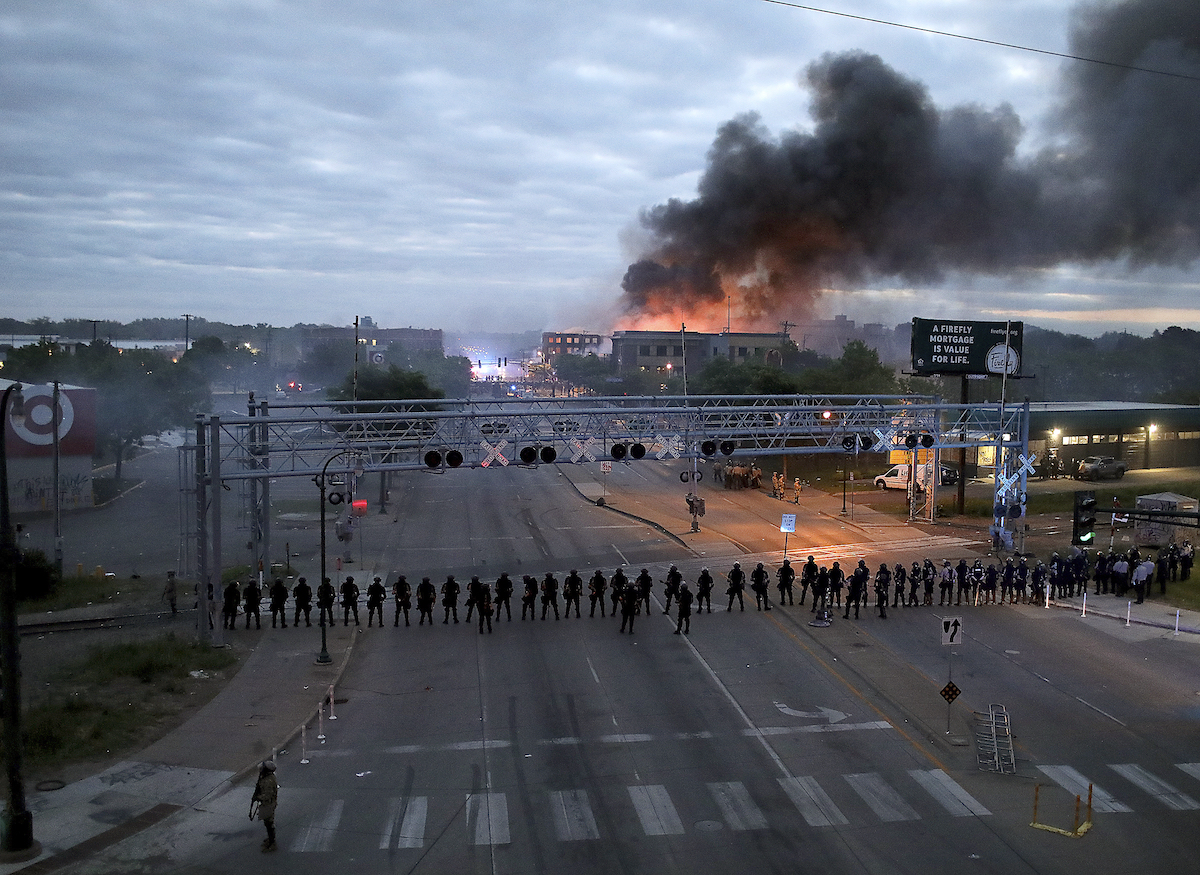

Law enforcement officers amassed along Lake Street near Hiawatha Ave. as fires burned after a night of unrest and protests in the death of George Floyd early Friday, May 29, 2020 in Minneapolis. Floyd died after being restrained by Minneapolis police officers on Memorial Day. (David Joles/Star Tribune via AP)
Minneapolis is burning because of several reasons. For one, people from outside of the community are viewing these events as an opportunity to escalate and incite havoc. But beyond this, what is happening right now is the product of a larger confluence of events. Police brutality, institutionalized anti-blackness, gentrification, forced assimilation and the indomitable resilience of community are all playing a role in what we now see unfolding in the Twin Cities and across the nation.
And while no single story could ever encompass all the aspects of how, or why, in this piece I attempt to weave a coherent narrative connecting influential characters to pivotal events all leading up to what is now happening in the Minneapolis area.
Mind you, dear reader, I was not raised in the city, but rather one of its suburbs. Though I spent the entirety of my 20’s navigating its streets and community.
Thank you, Minneapolis, for both the lessons and lesions. May these words help us to bring more communication and unity to your people and our future.
Minneapolis likes to consider itself a progressive city, strongly held by Democrats—which is true in part.
Though the Democratic stranglehold on the city is also maintained by a strict adherence to white supremacy, and white fragility.
The Minneapolis Police Union is run by a “suspected” white supremacist who continues to belligerently defend the yearly murder of citizens by its officers.
And the predominantly white residency has obligatorily ignored the requests and pleas of non-white communities; while often gaslighting, or tokenizing, members as needed or convenient.
Imagine a whole city —and state— of Amy Coopers.
Beyond the skepticism of progressive language that sees little to no commensurate action, Minneapolis is burning because of a city government that won’t act, and so the community, in an act of self-defense, is compelled to protect itself.
The Players
First, we’re going to cover the main players positioned to be managing the situation on behalf of the city and the police, of which there are four.
Mike Freeman, the Hennepin County Attorney.
Jacob Frey, the pretty-boy Mayor of Minneapolis.
Bob Kroll, president of the Minneapolis Police Union.
And Richard Stanek, a background player who helped set groundwork for these eruptions.
Richard Stanek
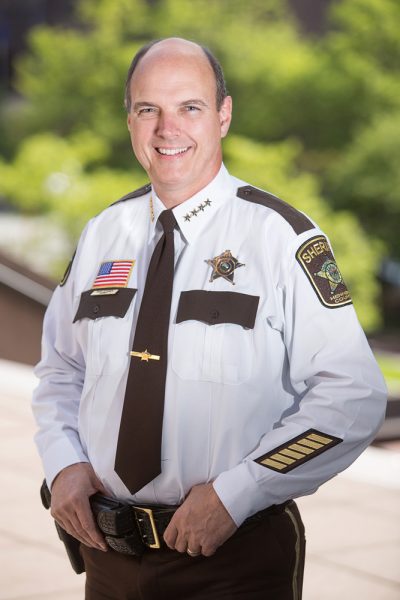

Stanek’s professional headshot (Via sheriffstanek.com)
The one-time MPD police captain, State Representative, and eventual Hennepin County Sheriff has played an influential role in the current police department.
As we will discuss later, in 1999, as a State Representative, Stanek enabled the Minneapolis and St. Paul Police Departments to reach outside of city limits to fill their ranks.
Many attribute this demographic change to the influx of predominantly white police officers who live in suburban homes while commuting upwards of 30 minutes to an hour, just to police the urban streets of the Twin Cities.
As sheriff, Stanek led the creation of fusion centers within the state. Meant to combat potential terrorism, these centers are focal points for local and federal law enforcement cooperation.
And after three uncontested elections to the position of Hennepin County Sheriff, Stanek was finally narrowly ousted in 2018.
The primary charge against him was his relationship with ICE and his perceived zeal to cooperate with them.
Stanek has a documented history of using racial slurs, evidenced by a deposition from a 1989 civil suit, and he freely admitted that he told racist jokes with other officers on the force, “though never did so in public.”
He also received criticism for sending deputies to Standing Rock, and most recently, as an incoming president of the National Sheriffs Association, he encouraged President Trump to restore the position of the Drug Czar to help fund the opioid crisis.
A proud Republican, Stanek reflected on his meeting with Trump, saying, “He said he had our back, he said he will work with us. I was proud to be there.”
Stanek lost his fourth bid for sheriff to a former Metro Transit officer who had never previously worked in the sheriff’s department at any level.
Mike Freeman
Michael Freeman is the son of a former Minnesota Governor and he identifies as a Democrat.
After serving as a Minnesota State Senator during the 1980s, Freeman served as Hennepin County Attorney during the 1990s.
He returned to the office after Amy Klobuchar became a federal representative of Minnesota in 2006, vacating the position.
Last year, he took a short leave of absence from the position to get help for alcohol addiction—which, good for him, but let us take this into account when considering the role he plays and his responsibilities.
Over the past few years, confronted with numerous extra-judicial murders by police officers across the county, he has refused to charge the officers involved in all but one (now two) cases.
Robert Kroll
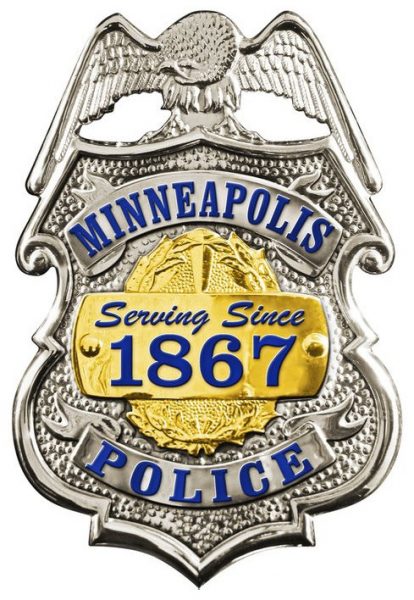

Minneapolis Police badge (Via Facebook)
Born and raised in St Paul, Bob always knew he wanted to be a police officer and he joined the Minneapolis Police Department in 1989.
Previously, Bob was suspended for allegedly using a homophobic slur when referring to an aide for Mayor RT Rybek; while also suggesting that then U.S. Representative (and now Minnesota Attorney General) Keith Ellison, who is Muslim, was a terrorist.
Bob has been connected to a local motorcycle club in the Twin Cities called City Heat, with links to a chapter in Chicago. The club is known to fly the Confederate flag, and adorn themselves with Nazi medals.
When confronted with allegations of being a “Nazi piece of shit” on Facebook, Bob considerately replied to one critic as follows:
“Actually, I’m a Polish/Boehemian descendant. My grandfather was a WW1 vet that fought against the Germans; My father was a WW2 Vet that fought against the Germans/Nazi’s [sic]. Nazi’s [sic, again] were responsible for invading my ancestors. My brothers are Vietnam vets that fought against communism.”
And he continued unprompted:
“I’m a 21 year Army reservist that defeated socialists in the cold war. We defeated the socialism that you love so much and want to bring to the U.S. because you are too pathetic to make a good living on your own. So I’m quite the contrary of a Nazi.”
Still having not received a response to these messages, Bob proposed a meet and greet with his critic:
“If you hate me so much, why don’t you stop by and beat the shit out of me? 1811 University Ave. NE. Mid day Mon-Fri. My bet is it won’t happen, because you are a cowardly cunt.”
Bob claims that police shootings aren’t a big deal because “non cops kill people more often than cops kill people.”
Referring to killer cops as heroic, Bob has oft admitted that he knows next to nothing about the specific incidences in question.
Bob’s crowning achievement was attained last November when he was introduced by President Trump at a rally held in the local Target Center arena.
The local Star Tribune reported Trump to say, “he had first seen ‘the great gentleman on television, pouring out his heart, pouring out his guts’ while standing up to the city’s liberal establishment.”
And he doesn’t want anyone to know that he is married to the local journalist Liz Collins, although he served as an expert source for her 2016 story on police use of force.
Jacob Frey
Jacob moved to Minneapolis to start a political career, and the entire city knows it.
He was elected to the role of city council member, representing Ward 3, in 2013. The ward covers a sprawling business district in the Downtown area, prosperous parts of North Minneapolis, and a portion of the local university.
Jacob is a graduate of some fancy schools out east. After running in the Twin Cities marathon, he supposedly became enamored with the city and moved to Minneapolis.
A lawyer by trade, Jacob joined a spate of law firms, donated his services to folks who lost their homes, and “founded” a charity of his own, called the Big Gay Race, which raised over $250,000 to help overturn the Marriage Equality Act in 2011.
After serving a single-term as a city council member, Frey challenged the incumbent Minneapolis Mayor Betsy Hodges; citing, of all things, her inability to control the police.
To be forthright, many people have made small careers as supposed champions of communities of which they have no real affiliation, and the murder of Jamar Clark was tragically viewed, and used, as a springboard for many.
While he was declared to be the Black Lives Matter candidate by a local Latina city council woman; coincidentally enough, an actual Black woman was also running for Mayor at the time.
A Quick State History
Mni-sota, was originally stewarded by the Oceti Sakowin (Dakota), and Anashinabee (Ojibwe), people—the latter having been pushed westward by colonial expansion from the East.
In 1857, it was ordained with statehood, and soon after, the land was opened up for homesteading—attractive to colonizing Europeans due to the cheap, fertile farmland.
Production of grains and other agricultural goods, combined with lumber and mineral extraction financed the industrial growth of the region.
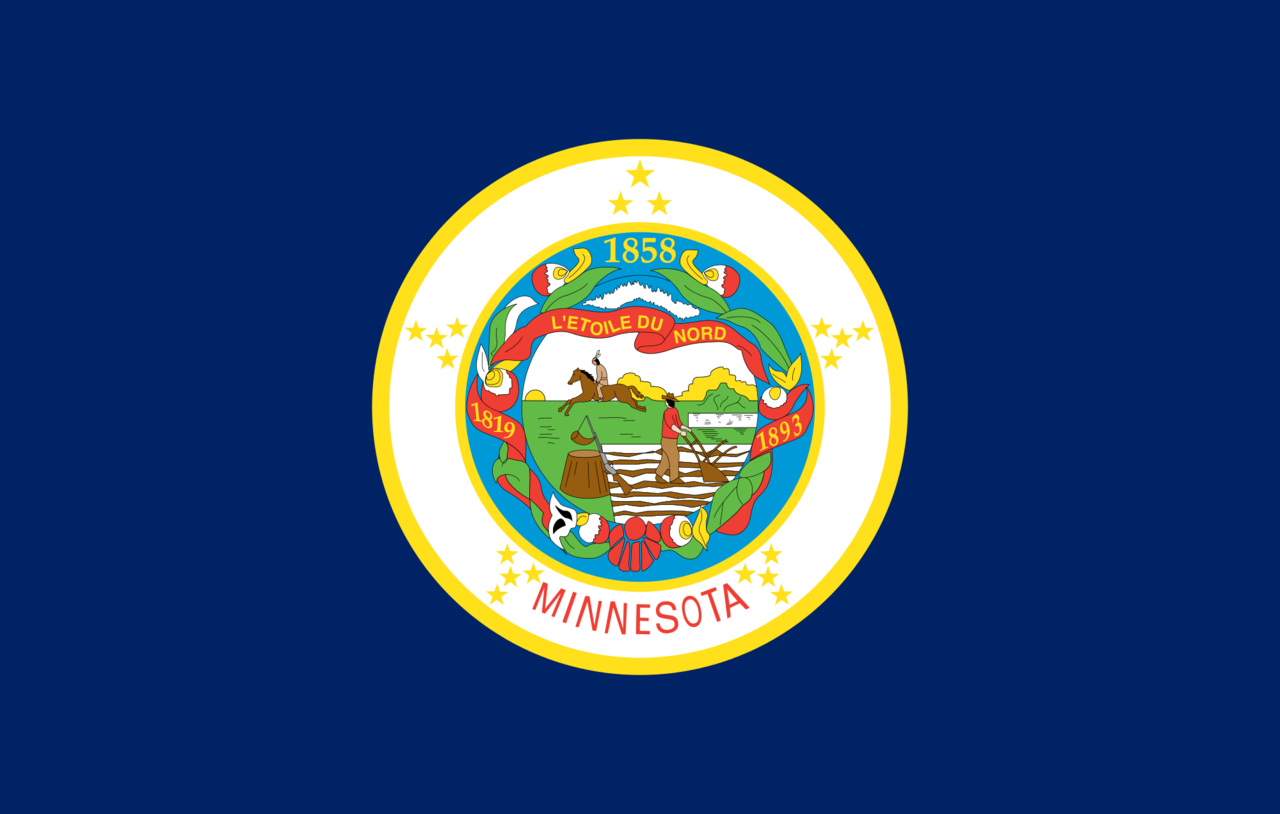

State flag of Minnesota (Public Domain)
Democratic Farmer Labor
Without getting too far into the weeds, it is helpful to know that Minnesota is one of the few states which had held true to the F in DFL, Farmer. Until recently.
This was the concoction of the well-known Hubert Humphrey, who merged the then Democratic and Farmer-Labor parties into one party, enabling his election as Mayor of Minneapolis in 1945.
During his mayoral tenure, Humphrey made great strides to reform the police department. Rife with corruption, Minneapolis and St Paul were a playground for Chicago mobsters, and the city had been dubbed as “being one of the most anti-Semitic cities in America.”.
Concurrently, the Black population faced considerable discrimination.
Mind you, nearly 80 years previous, on December 26, 1862, 38 men were hanged by the U.S. Army at Mankato—the largest mass execution in the United States.
After which these original stewards of the land were confined to a prison camp where over 300 of them died from disease. Thus nearly exterminating Native Americans from the land.
The survivors were eventually exiled to reservations, while a few eventually returned to establish communities scattered across the state.
In any case, Humphrey created the Council on Human Relations, and Minneapolis became one of the few cities in the United States to prohibit the racial discrimination for employment.
This act of racial reprieve bolstered the growth of an upwardly mobile Black community in the Twin Cities.
One of the most well-known benefactors was St. Paul’s Rondo neighborhood, an epicenter for the Minnesota Black community that was practically obliterated by the eventual construction of Interstate Highway 94 in 1968.
Due to loan redlining, the inhabitants of the Rondo community were dispersed and relegated to smaller enclaves across the Twin Cities, along with other predominantly minority neighborhoods demolished for highway construction.
Further Demographic Context
The strong Democratic presence provided by family farmers across the state prevented Republicans from gaining a stronghold on political discourse.
Until recently.
Consequently, a strong social welfare system was created within the state.
Over the decades, Minnesota has welcomed immigrants with open arms, whether they be Hmong, Liberians, Bosnians or Salvadorans—all running from war to find shelter in the Twin Cities and the state.
And while this has diversified the region, it still remains predominantly white, with residents descending from Europe occupying just less than 80% of the current population, at present.
Receiving a large influx of refugees from East Africa in the past decades, extensive measures were taken to prevent suspected terrorism.
In 2014, a new program, Countering Violent Extremism (CVE), was launched by the Department of Justice in three pilot cities—Boston, Los Angeles and Minneapolis. The program put more police in the urban school system and has received strong pushback from the community.
And so we have nearly concluded providing context for our present situation.
1999 to 2015
The MPD150 project provides a much more comprehensive history of the Minneapolis Police Department, from its inception to the present.
Though we will start at the turn of the millennium and review a few pivotal incidents leading us up to our present circumstances.
Residency Rules
As previously stated, after this legislation was passed Minneapolis and Saint Paul police officers were allowed to live outside of the cities in which they served.
Authored by Richard Stanek, he heralded the action as, “an issue of personal freedom”.
Stanek stated that the previous residency rules “reduced the talent pool for new city workers, damaged worker loyalty and, worst of all, relegated Minneapolis to becoming a training ground for entry-level public safety personnel until they move onto other communities with higher pay and less restrictions on their personal lives.”
Civilian Overview
In 2003, 11-year-old Julius Powell was struck by a bullet fired from a police firearm, which in turn sparked a community protest.
The Department of Justice was brought in to mediate a deal which resulted in the creation of the Police Community Relations Council (PCRC) and required the then-police chief to implement a laundry list of over 100 departmental reforms.
By 2008 the PCRC had been successfully undermined, while over 40 of the promised reforms remained unfulfilled.
The PCRC was later disbanded that same year.
Though during the PCRC’s tenure a few high profile incidents occurred to further the community’s distrust.
In 2006, 19-year-old Fong Lee was attacked by police outside of the Cityview Elementary school in Northside Minneapolis.
After speeding across an empty field and striking Fong Lee on his bike, the police shot him three times in the back, and another five times while he lay on the ground.
Police maintain that Fong Lee had a gun, though contrary evidence suggests that the gun had been planted by the officers.
In 2007, five Black officers of the Minneapolis Police Department, including current the current police chief Medaria Arradando, sued the city for racial discrimination.
The lawsuit was settled for $2 million, though a previous demand for reforms was dropped.
Gang Task Force X
In 2009, it was learned that an interdepartmental gang task force had been stealing from, surveilling, and brutalizing Minneapolis residents.
Convened by the state legislature in 2005, the task force was to be an elite force meant to “prevent gang activity” in the Twin Cities.
Freed from civilian oversight, these officers were enabled to seize property related to gang activity and provide “intelligence” on suspected gang members.
Among the task force’s illustrious accomplishments, rhe MPD150 report cites the seizure of two jet skis that were sold back to an officer for $800—at least $20,000 of cash that still remains unaccounted for, along with 14 more confiscated vehicles, the whereabouts of which remain unknown to this day.
Investigations by state officials revealed “indications of misconduct by many of its 73 employees.”
When the FBI was alerted to investigate, numerous documents were shredded. And because nearly two dozen officers refused to talk to investigators, the then-and-current Hennepin County Attorney claimed he didn’t have enough evidence to pursue criminal charges.
Freeman lamented his inability to “clean up the mess and exonerate officers,” saying, “I wish folks had been a little bit more candid.”
Don’t we all Mikey, don’t we all.
Civilian Review Boards
In 2010, two more suspicious officer-involved deaths occurred. In 2011, the MPD helped to convict CeCe McDonald of manslaughter after she defended herself from an attack by a transphobic white supremacist.
Fed-up with public oversight, the police unions successfully lobbied the state legislature to pass a bill prohibiting Civilian Review Boards from releasing findings on whether officers had committed misconduct.
Consequently, the Minneapolis City Council moved to establish the Office of Police Conduct Review, though they had effectively been declawed before it was ever created.
The year 2013 saw the murder of Terrance Franklin, who was chased down by police and shot to death in a basement in South Minneapolis.
Along with the death of Ivan Romero —who was killed that same day less than an hour later— when a police car ran a red light, hitting his motorcycle.
Concurrently, the department was pursuing a public relations upgrade coordinated by then-Mayor Betsy Hodges and the newly enshrined Chief of Police Janee Harteau.
A tribal member of the Ojibwe people, Harteau was portrayed as a true turning of a page for the embattled department.
Together they created yet another civilian oversight group, called the Police Conduct Oversight Commission (PCOC), while instituting a program called MPD 2.0.
The primary effort of MPD 2.0 was to build relationships with the community through various activities while calling for “officers to treat community members exactly like they would treat members of their family.”
Mind you, research suggests that at least 40% of police officer families experience domestic violence.
Nonetheless, MPD150’s report claims that the PCOC’s recommendations remain largely ignored to this day.
Welcome to Now
In the wake of Micheal Brown, Sandra Bland, Trayvon Martin, and the countless extra-judicial killings of Black men, women and children, 2015 would see a change in how the community in Minneapolis responded.
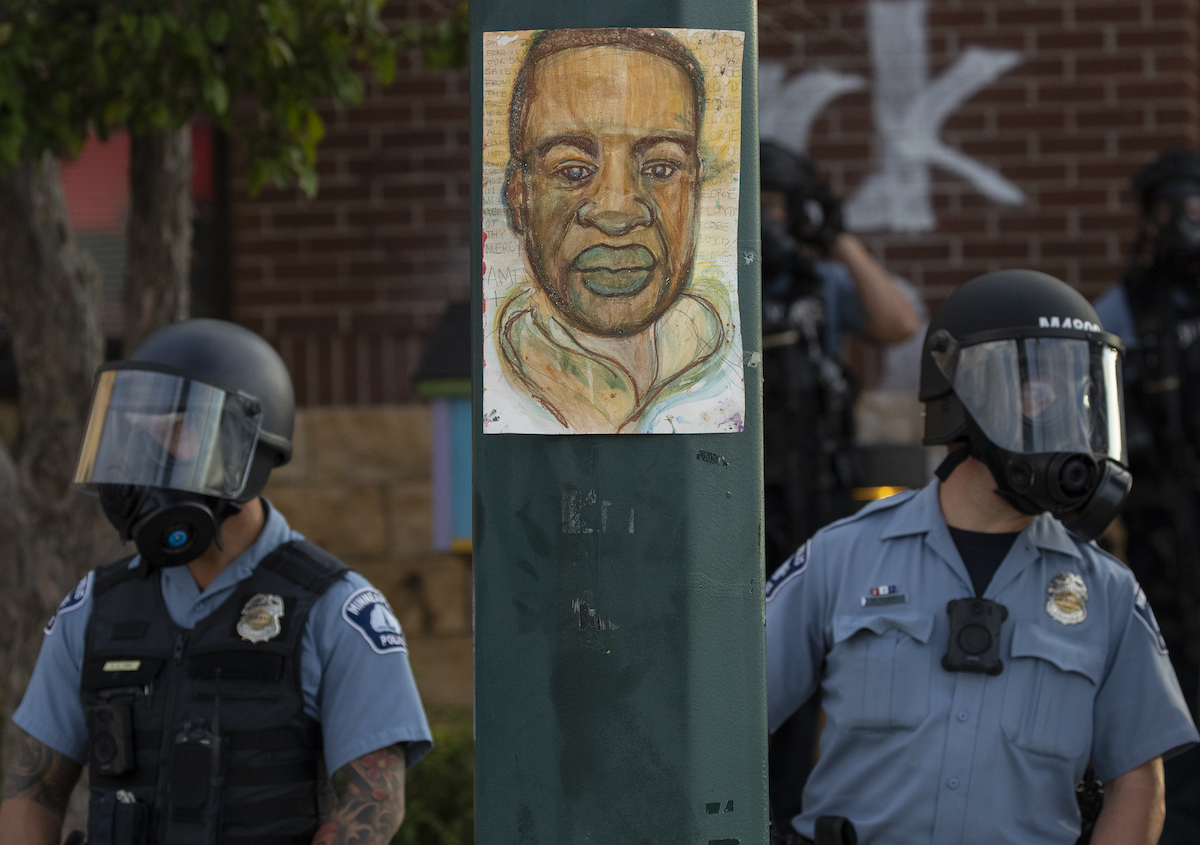

Minnesota police stand outside the department’s 3rd Precinct on Wednesday, May 27, 2020, in Minneapolis. A drawing of George Floyd is between them. (Carlos Gonzalez/Star Tribune via AP)
Jamar and Justine
On November 16, 2015 Jamar Clark was apprehended by MPD officers, restrained, and then shot to death.
During the multi-day occupation of the city block in front of the police precinct responsible for the extrajudicial execution, the community was confronted by white supremacists who shot up the gathering of peaceful protesters, injuring five community members.
Though the jury trial eventually convicted the shooter, it was learned that the white supremacists were in contact with other police officers, exchanging “racially-charged” messages, explicitly “negative about black people,” often. Giving credence to the community’s concerns about outside agitators, and possibility of their support by law enforcement.
And while the white supremacist shooter was convicted and is now lost in the prison system, Jamar’s murders were never charged.
On July 15, 2017, Justine Ruczczyk (Damond) was gunned down by another MPD officer.
Justine, an Australian national, was killed by a Somali immigrant officer, Mohamad Noor, who had only been on the force 21 months before her extrajudicial execution.
Mohamad was fired from the force after he was charged, and he was subsequently convicted of third-degree murder.
Justine’s family filed a civil lawsuit against the City of Minneapolis and received a record $20 million settlement.
Jamar Clark’s family also filed a civil suit against the City of Minneapolis and received a $200,000 settlement.
Justine was a white woman, killed by a Somali officer.
Jamar was a Black man, murdered by two white officers.
Philando Castille
Philando was murdered in front of his girlfriend and her daughter, by police officer Jeronimo Yanez in a suburb of St. Paul on July 16, 2016.
Philando was pulled over on suspicion of being involved in a robbery.
After being pulled over he was asked for his license and registration, after which he informed the officer that he had a gun.
Philando repeatedly expressed that he was not reaching for the gun, though was silenced by seven bullets fired by Officer Yanez at close range, five of which hit Philando.
Philando was a registered gun owner, and yet the NRA could not be stirred into action regarding his case, beyond a noncommittal statement of feigned concern.
Nonetheless, Yanez was charged with second-degree manslaughter, as well as two counts of dangerous discharge of a firearm.
Yanez was eventually acquitted of all charges.
Philando was a pillar of his community, a public school employee who often paid for the school lunches of those who were otherwise unable to eat.
Community Response
In respect to those who came before, the American Indian Movement was founded in Minneapolis in 1968. It was created in part to curb the violence experienced by the Native American community at the hands of the city’s police force.
Flash forward to 1998, when over 600 cops were used to forcibly remove a gathering called Minnehaha Free State that was attempting to protect a site sacred to the Dakota people from being made into a highway.
Flash forward again to 2015, and almost immediately after the murder of Jamar Clark, a small group of Black, queer and trans youth began occupying the Fourth Precinct of the Minneapolis Police Department in North Minneapolis.
And while the community made space for its members to grieve, aspects of the resistance also reminded the community of how individuals might use these events for their own personal gain.
Jacob Frey’s own mayoral campaign was largely built on his critiques of how the extrajudicial murder of Jamar Clark was handled, along with the community response.
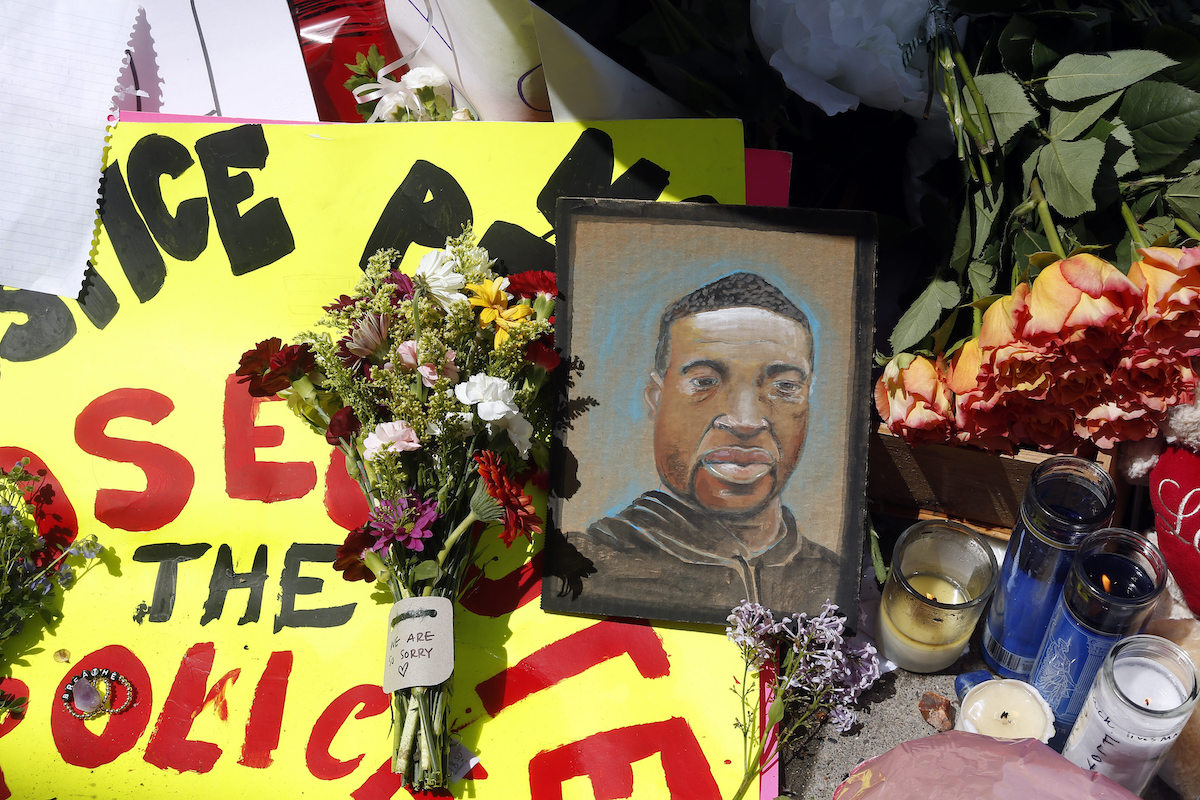

A chain portrait of George Floyd is part of the memorial for him, Wednesday, May 27, 2020, near the site of the arrest of Floyd who died in police custody Monday night in Minneapolis after video shared online by a bystander showed a white officer kneeling on his neck during his arrest as he pleaded that he couldn’t breathe. (AP Photo/Jim Mone)
The chasm between those the community sought to empower and those who wanted to be empowered grew, and lines were being drawn.
Though I will digress from reciting specific experiences, opinions and details, it must be noted that Black and Brown gay, lesbian, queer and trans youth were at the core of the community’s capacity to organize and respond appropriately to the ever-present police threat.
Minneapolis and St. Paul have long witnessed supposed reformers of all races and affiliations make ovations of change, only to declare only incremental changes possible, when in power.
St. Paul Mayor Melvin Carter —himself a descendent of the Rondo neighborhood, a former county commissioner and St Paul police officer— campaigned on a platform of reining in the police.
Upon taking office, Mayor Carter created a Community-First Public Safety Initiative, and appointed a former gang-member turned lawyer and professor, Jason Sole, to spearhead the effort.
One year later in 2019 this Sole resigned, saying to Mayor Carter, “You stated in your inauguration speech that we are not safer with more cops and that you are invested in a community-first public safety approach. Yet, you allocated money for police. #politicsasusual”
In March of this year, former Minneapolis City Council member Abdi Warsame assumed leadership of the Minneapolis Public Housing Authority.
Some see this merely as the next step a coordinated effort by the former council member and current Minneapolis mayor to privatize the organization’s assets, in alignment with the Department of Housing and Urban Development, led by Ben Carson.
And while often democracy is the product of compromise, due to the racial demographic of Minnesota, the ability for non-white bodies to be leveraged against the interests of their community is easily enabled and encouraged.
Economic initiatives in the region seek to attract “qualified” workers to fill projected shortfalls, instead of investing in the communities that already call the land their home.
The path to hell is paved with good intentions and so cities are burning because intentionality means nothing without an ability to learn from the past and listen to those most affected.
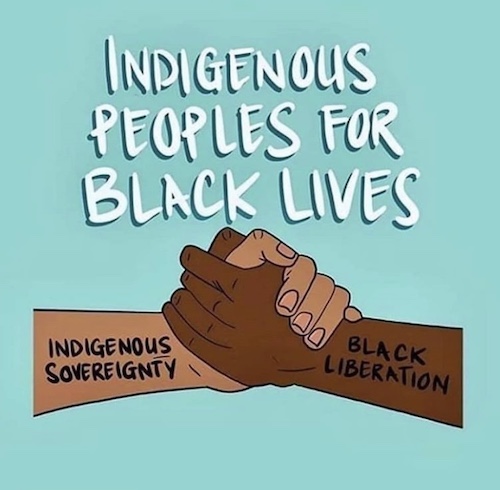

We continue to see our elected officials lamenting our pain, while saying that their hands are tied.
Some of these officials may now even look like us, or claim affiliation with our identities and communities.
Though we can no longer believe them.
And so cities burn, awaiting the phoenix to rise, clean, from the ashes of what has been, and must never be again.
***
Canin Carlos (Culture Clap) is an artist, entrepreneur and educator. You can find him on your favorite social media platform as Culture Clap.



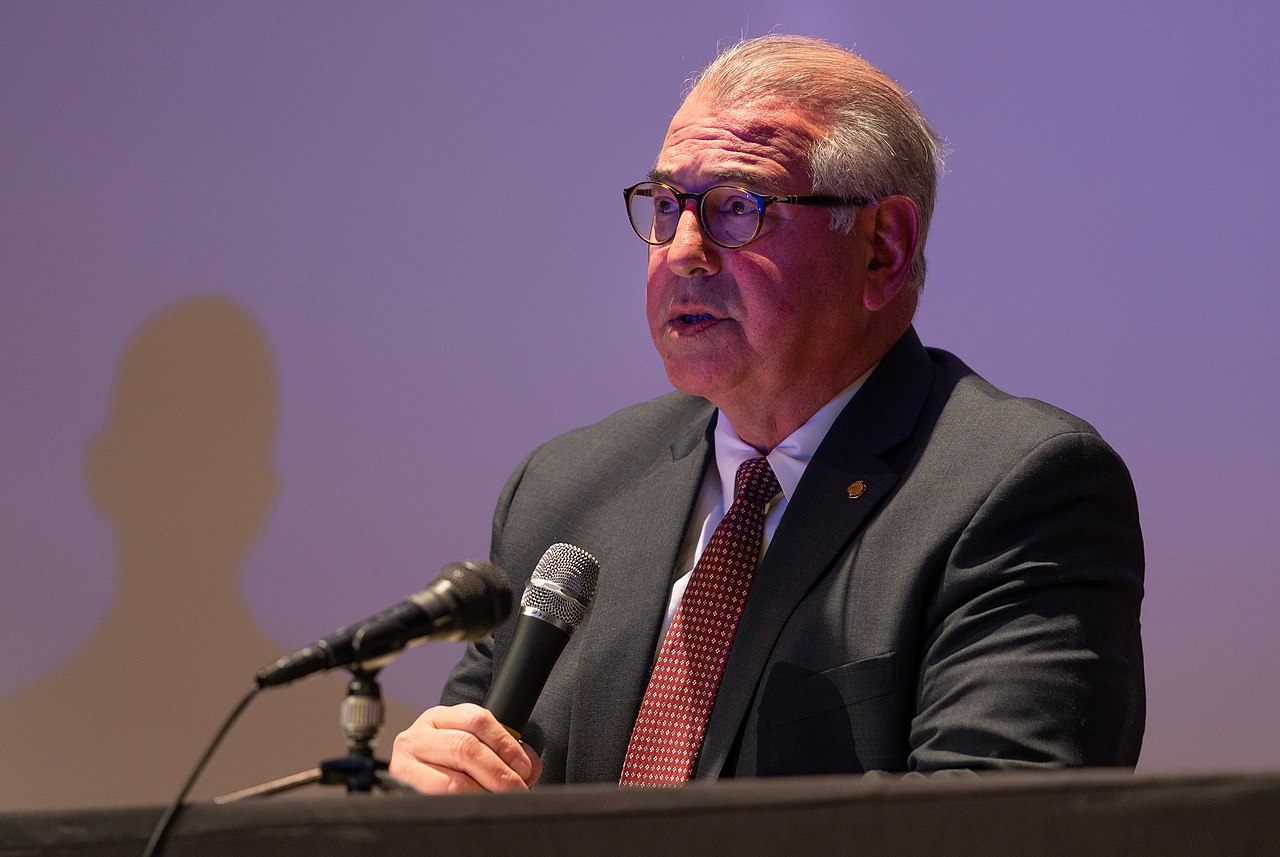
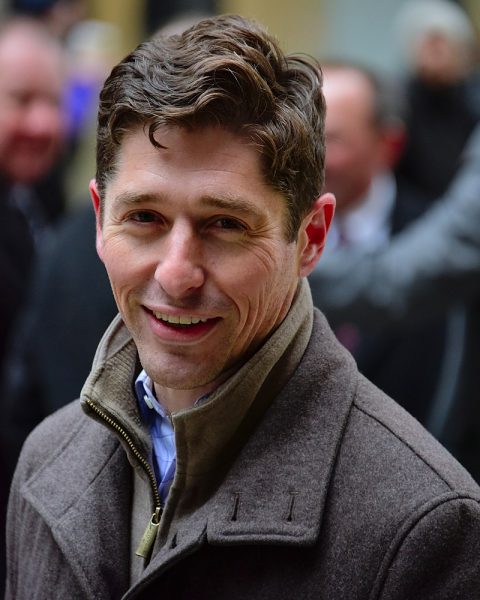

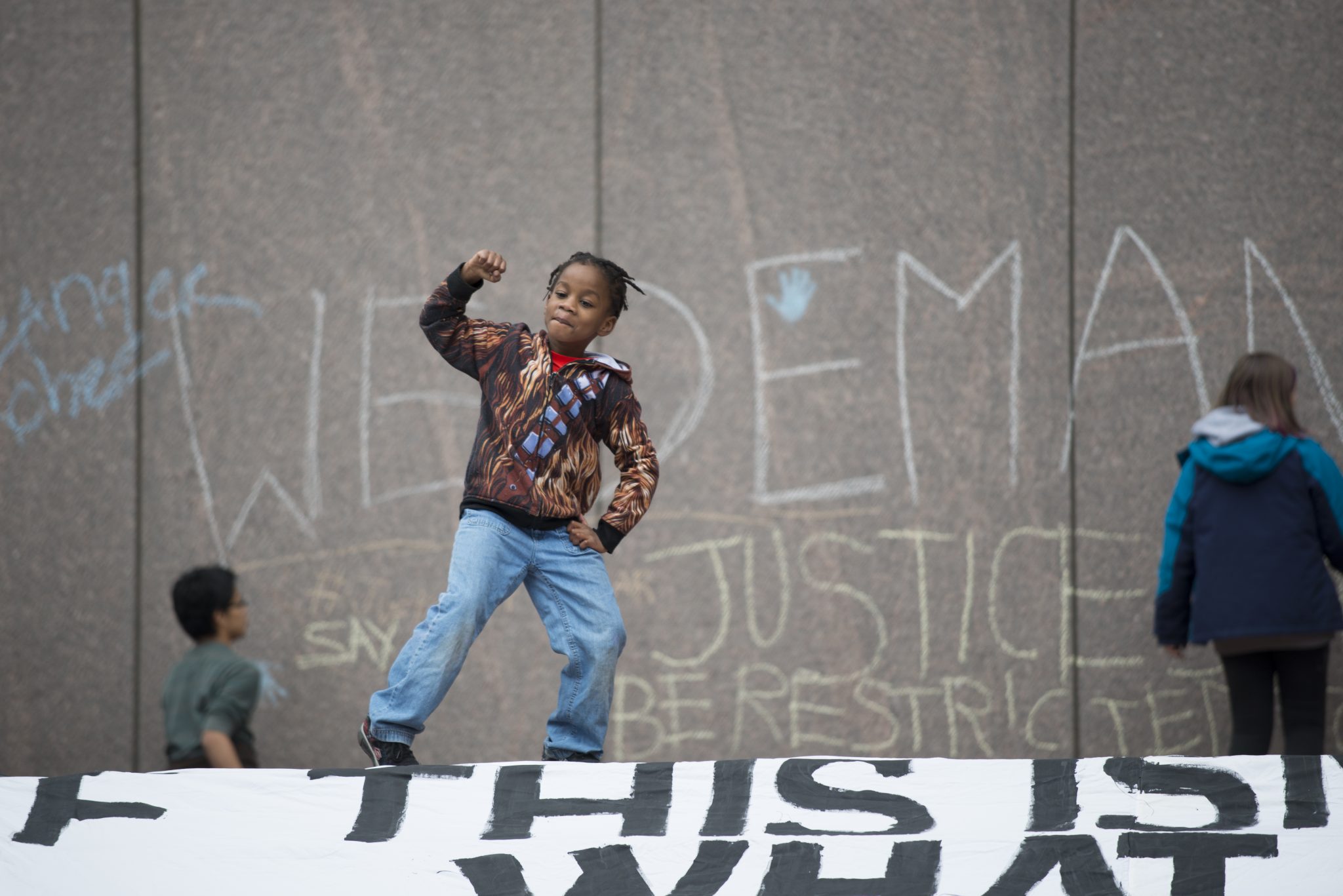
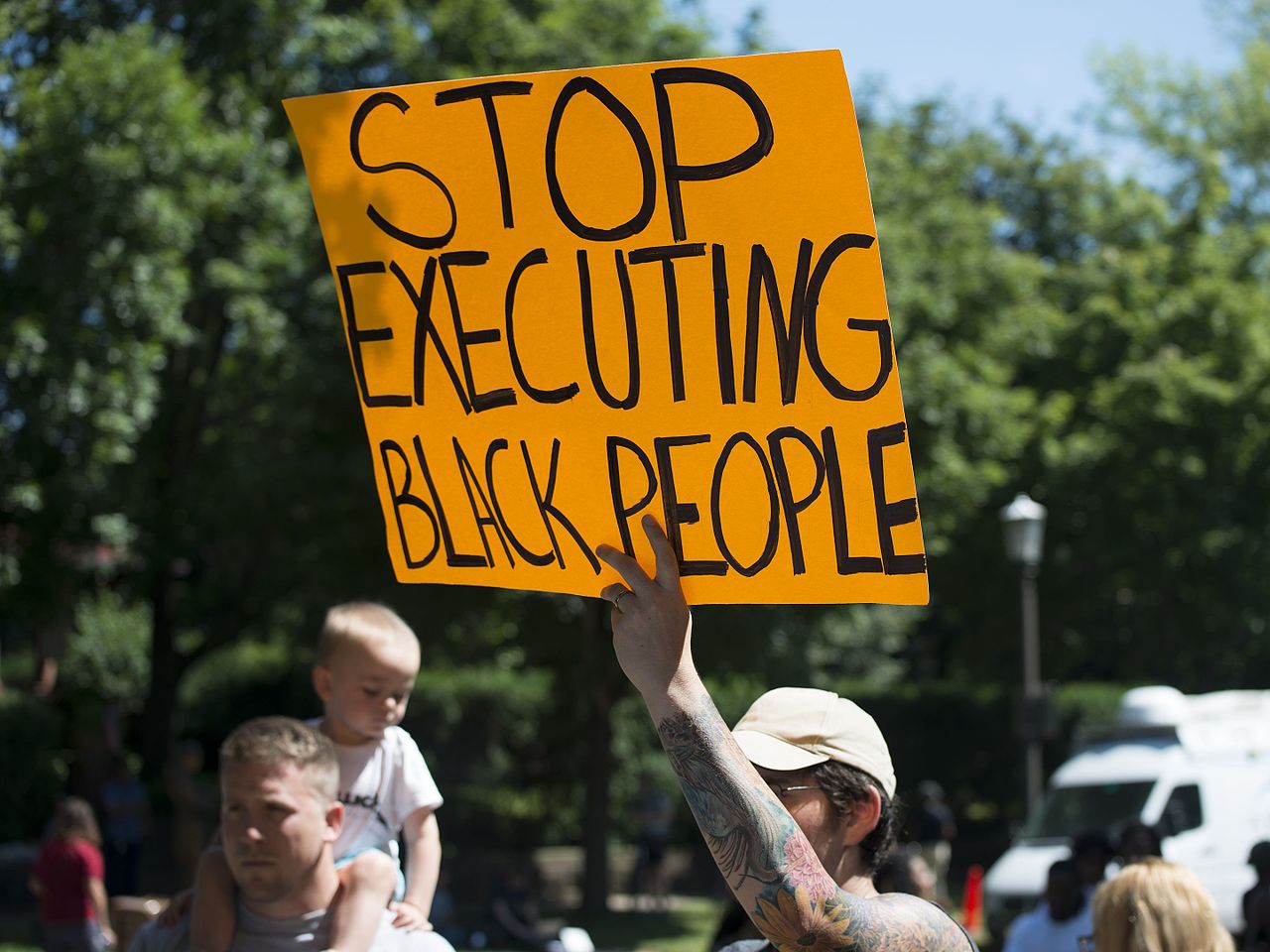
[…] To give some context of how to process the events out of #Minneapolis this week, we asked @CultureClap to share his thoughts. https://www.latinorebels.com//2020/05/30/minneapolisisburning/ … […]
Excellent read!!
[…] write as another American city burns in an insurrection, sparked by the murder of George Floyd but a predictable outcome of long-term abuse by law enforcement of Minneapolis’ Black community. Where should Latinos stand […]